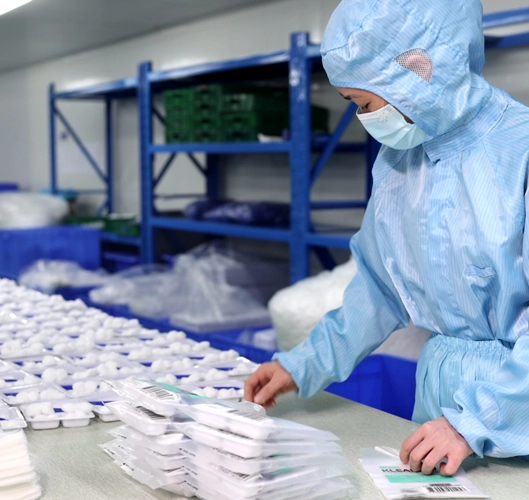

Surgical drapes are placed using aseptic technique to ensure sterility. The steps involved in placing surgical drapes include:
1) Ensure proper hand hygiene and wear sterile gloves.
2) Unfold the drape carefully, avoiding contact with non-sterile surfaces, and hold it by the corners or edges.
3) Position the drape over the patient, ensuring complete coverage of the surgical site and surrounding areas. Adhesive strips or tapes may be used to secure the drape in place.
4) Remove any backing from adhesive areas, ensuring they adhere smoothly to the patient's skin without creating wrinkles or gaps.
5) Check that the drape does not interfere with the sterile field and adjust as necessary.
6) Document and communicate the placement details for reference during the surgical procedure.
Proper placement of surgical drapes helps maintain a sterile field and reduces the risk of contamination during surgery.
